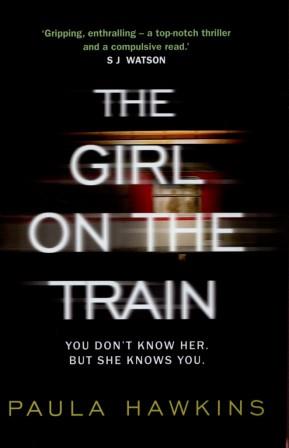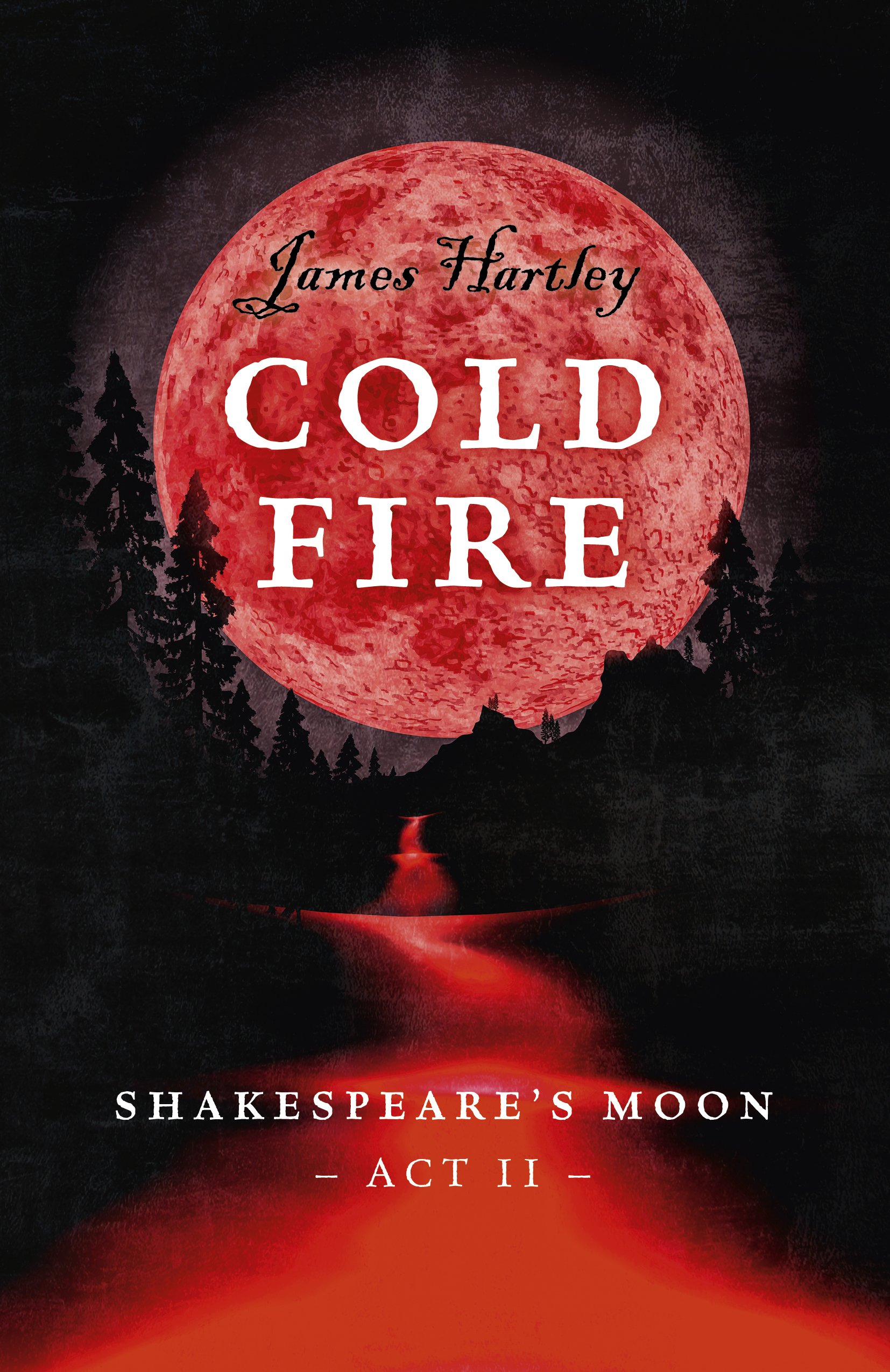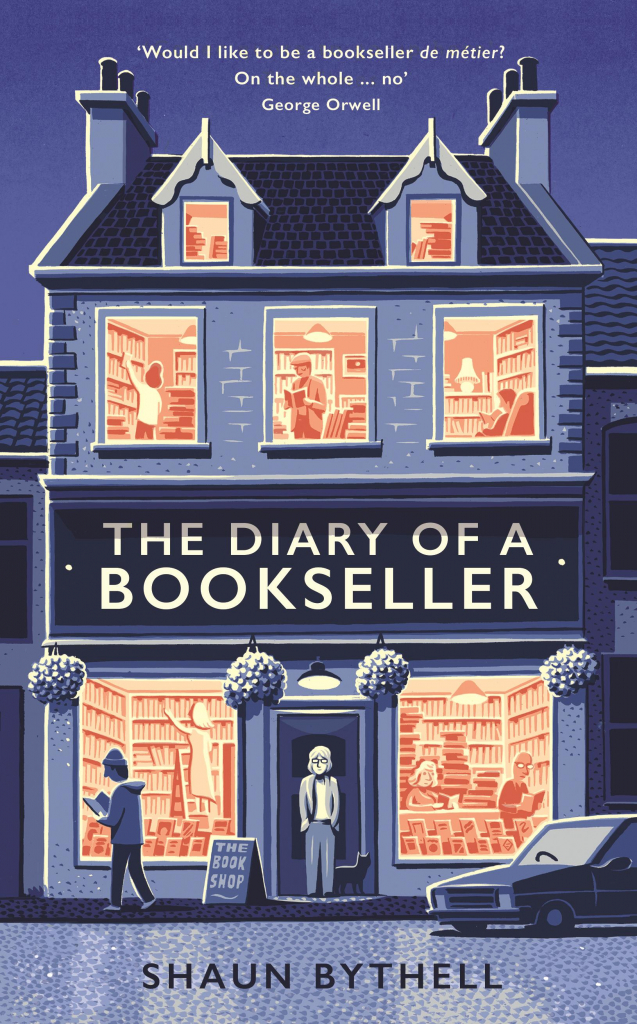
‘You must be the only person who hasn’t read this book.’
So commented the bemused bookseller who recently rang up my purchase of ‘The Girl on the Train’, about a year and a half after the entire rest of the world read it. ‘Or maybe you already have…?’ he began, obviously beginning to doubt my credentials as a truly bookish person and keen to give me a get-out-clause. There is none; it simply slipped by me, somehow.
Oh don’t get me wrong: I wasn’t oblivious to the book widely heralded as ‘the next ‘Gone Girl”. I even downloaded a sample chapter and read a few pages before getting distracted by something else. I think this was just my usual response to massively hyped books: hmmm. Can it really be that good? Probably not. And look – I really need to read this next because it’s for my book group / part of a blog tour / brand spanking new and very exciting.
Then the film arrived. Obviously, I want to see the film. Equally obviously, I need to read the book first, otherwise I won’t be able to get properly irritated by thoughtfully consider the many ways in which the film does not stick to the plot / characters / outcome of the original book. After all, I need to claim back my bookish credentials by discussing knowledgeably exactly how the director should have shot that crucial scene in order to most capture the spirit of the original…
So if, like me, you’ve somehow missed out on the publishing phenomenon that is ‘The Girl on the Train’ then you may appreciate my so-late-to-the-party-that-most-of-the-guests-have-already-left review.
What’s it about?
There’s a woman on a train. She doesn’t need to be on this train, not since her life disintegrated around her, but it is one of the crutches holding what remains of her life and self together, so actually that isn’t true: this train is an integral part of her current life, and today’s train journey is especially important. As the train stops at its usual signal, Rachel gazes across into the lives of people she’s watched so often that she feels she knows them, but today is different. Today, something is wrong.
Shocked by what she’s witnessed, Rachel soon realises that she may have an important piece in a puzzle, but who will listen to her when she’s just the girl on the train? She’ll have to find a way to be something more if she’s going to get involved in the lives of people she’s been watching from afar…
What’s it like?
A landscape of shifting realities, unsympathetic characters and a gaping central mystery. We have three female narrators: Rachel, Megan and Anna. They are all of them fully realised and deeply flawed human beings, none of whom you would want to befriend once Hawkins has revealed the murky depths of their souls to you, but all of whom you will find yourself understanding, perhaps unwillingly, to a certain degree.
The men are murkier still. Rachel’s ex-husband, Tom, abandoned her to misery and moved the more cheerful, younger Anna into their marital home, but he still cares enough about his former wife to stop his new wife calling the police when Rachel harasses them. Megan’s husband, Scott, appears controlling and potentially violent, but has he harmed his wife? And what exactly developed in the relationship between Megan and her therapist?
This is a truly dark world where the innocent characters – like Rachel’s well-meaning flatmate Cathy – flutter uselessly at the fringes of the story, unable to comprehend the depths of feeling and possibilities for action inherent in the main protagonists. As we move between narratives, gradually the pieces of the puzzle fall into place and there’s a strange but unsettling denouement that reinforces our sense of every characters’ deeply flawed nature.
What’s to like?
The opening two mini paragraphs are deeply intriguing (one begins ‘She’s buried beneath…’) and whet your appetite for the story ahead. The changes in narration and chronology (Megan’s narration is initially about a year behind Rachel’s) ensure a suspenseful read where relationships slowly shift and reveal themselves. The final villain is plausible and I liked that all is revealed (though some readers may dislike the chatty way this is handled).
Some readers have criticised Hawkins for creating a character who is purely unreliable (due to her drinking and blackouts) rather than deliberately manipulative, but I liked the layer of emotional anguish this adds to the story and have no problem with the gradual reveals created by Rachel’s slippery memory.
What’s not to like?
Hmm. The title is a little odd when you consider that Rachel is in her 30s. I’d love to think that ‘girl’ is used to suggest the emotional immaturity of the female protagonist(s), but I suspect it just seemed catchier than ‘The woman on the train’.
The relationships and the men depicted in this book are consistently awful. The women all define themselves entirely by their relationships to men (who vary from overtly brutal to subtly manipulative to absent) and children. Even the ‘normal’ Cathy seems to exist purely to lecture Rachel and dance to boyfriend Damien’s tune; her career is of so little interest that I’m fairly sure we never learn what she does. Obviously this plethora of unequal relationships works to enhance the ‘noir’ aspect of this domestic noir, but it is a deeply unflattering portrait of the sexes and may frustrate some readers. (The denouement is fascinating when considered in the light of this dynamic: clearly the villain is so confident of his hold over one woman that he believes he can admit to murder, and even commit another murder, without her raising the alarm.)
Final thoughts
This is a suspenseful read, though I didn’t find it as quite as compelling in the must-read-another-chapter-NOW-stakes as many of the other psychological thrillers I’ve read lately. There are several plausible villains – indeed, there are many villains, though only one true murderer – and I quite liked the multitude of unpleasant characters, though I certainly wouldn’t want to live next to any of them.
So was it worth the hype? Well, no, but very few books are. They’re books, not magic beans. It’s a decent example of the genre and a pleasantly suspenseful way of whiling away a few hours. I’ve enjoyed reading it and now I can relax and critique enjoy the film too.
What did you think?



2 Comments
I thought the character of Anna was really not believeable, I have to say. She just seemed like a straw man invention of ‘the other woman’. It seemed like we were supposed to think she was so terrible for liking fashion and so superficial (which she mostly was, thanks to her poorly written character). Her sections really grated on me, they just didn’t seem realistic.
Yes, we’re meant to think she’s awful…and then we’re meant to think she might be dangerous…but I can certainly see why you found her unconvincing. It’s hard to picture her existing prior to meeting Tom.